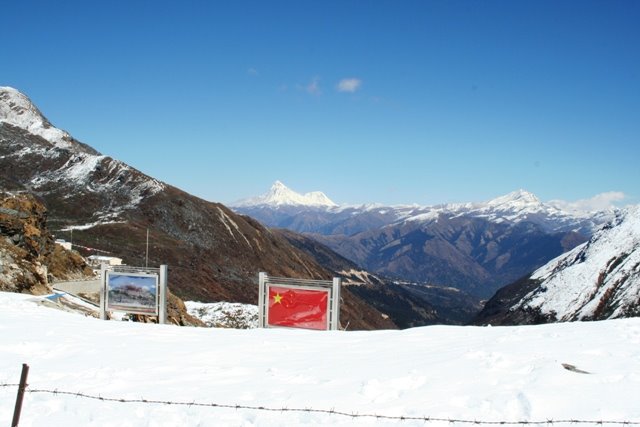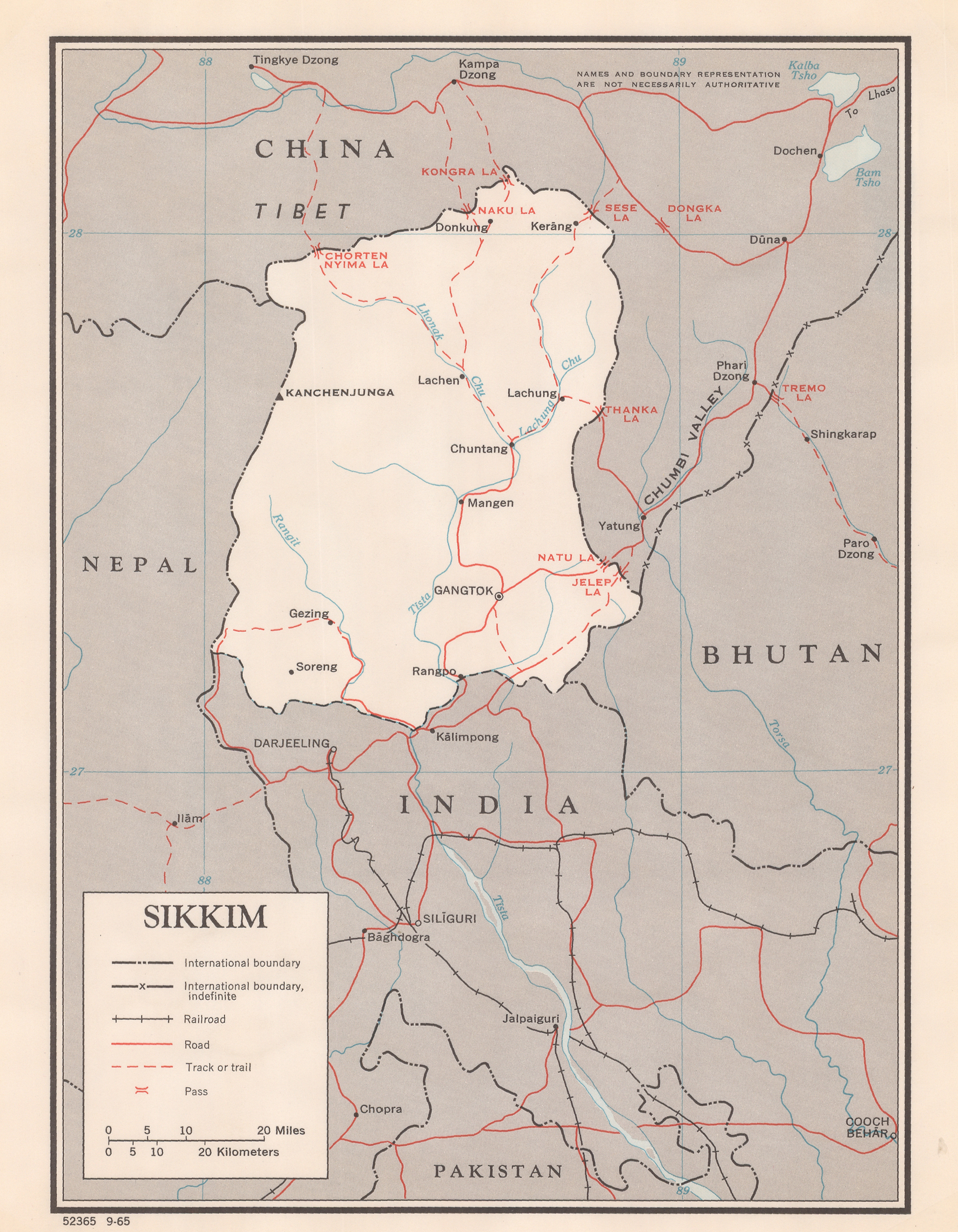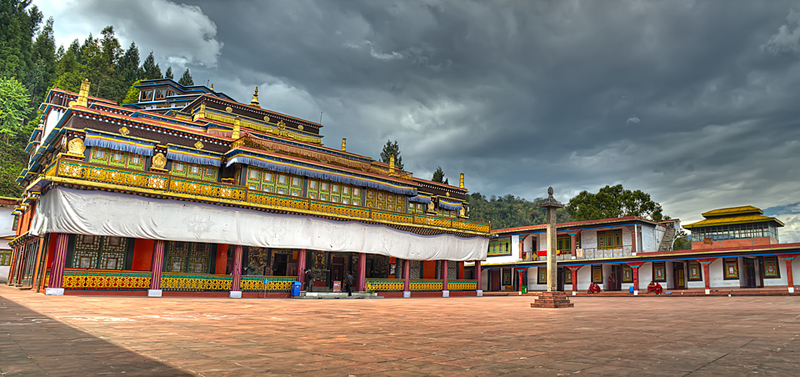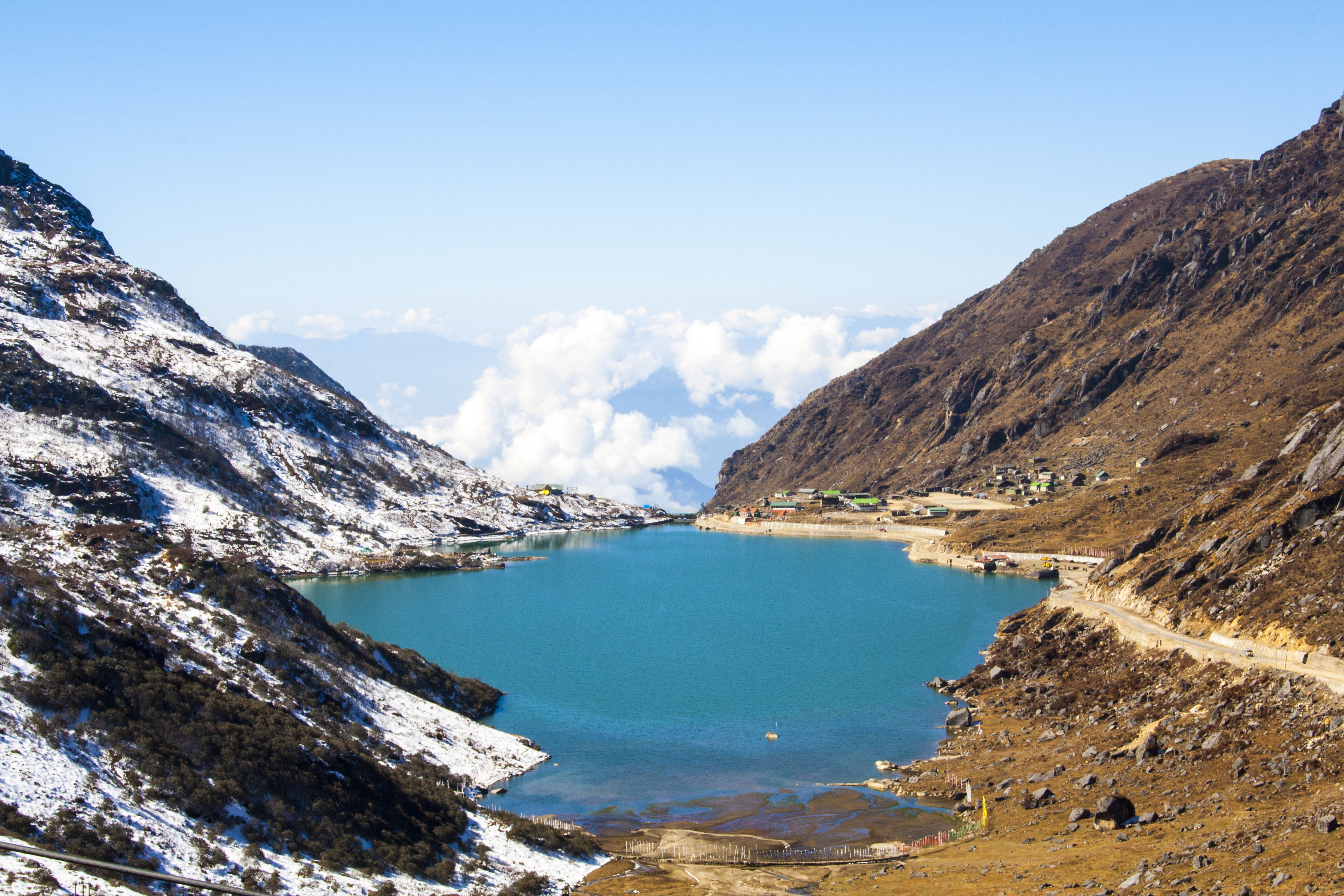Nathula Pass represents a remarkable geographical and historical intersection where mountainous terrain meets complex geopolitical narratives. Situated in the breathtaking landscapes of East Sikkim, this mountain pass transcends mere geographical significance, embodying centuries of cultural exchange, trade, and diplomatic interactions between India and Tibet.
The strategic location of Nathula Pass at an impressive altitude of 14,140 feet has made it a crucial corridor along the ancient Silk Route. Its name, often interpreted as "the whistling pass" or "listening ears pass" in Tibetan, hints at the unique environmental and cultural characteristics that define this extraordinary landscape. Throughout history, this pass has been traversed by significant figures, including pilgrims like Guru Nanak and the Dalai Lama, each journey adding layers to its rich narrative.
Geopolitically, Nathula Pass has witnessed dramatic transformations. After being closed following the Indo-China War in 1962, its reopening in 2006 marked a significant diplomatic milestone. The pass became an official Border Personnel Meeting point, symbolizing potential reconciliation and renewed dialogue between India and China. This reopening was not just a logistical event but a nuanced diplomatic gesture representing hope for improved bilateral relations.
The natural environment surrounding Nathula Pass is as compelling as its historical context. On clear days, travelers can witness breathtaking panoramas of the Himalayas and the Chumbi Valley, with the magnificent Mt. Chomolhari dominating the horizon. The landscape is characterized by harsh yet magnificent terrain, where wind and snow create an environment so extreme that it has been described as "a place where snow is deepest and the wind strongest."
Architecturally, Nathula Pass is defined by its minimalist yet strategically important infrastructure. Stone walls and military bunkers mark the landscape, with entrance gates representing both Indian and Chinese territories. A war memorial and army exhibition center on the Indian side provide visitors with insights into the pass's complex historical narrative. These structures are less about aesthetic design and more about functionality and historical documentation.
The cultural significance of Nathula Pass extends beyond its physical characteristics. It represents a living testament to the interactions between different civilizations, where trade routes were not just pathways for goods but conduits for cultural exchange. The stories of soldiers, traders, and pilgrims who have crossed this pass over decades form a rich, intricate tapestry of human movement and interaction.
In recent decades, Nathula Pass has experienced significant transformations. While it remains a crucial trade and tourism route, it has also been impacted by contemporary geopolitical tensions, including border conflicts and the global pandemic. Despite these challenges, it continues to be an essential part of Sikkim's domestic tourist circuit, attracting visitors with its unique combination of natural beauty, historical significance, and strategic importance.








